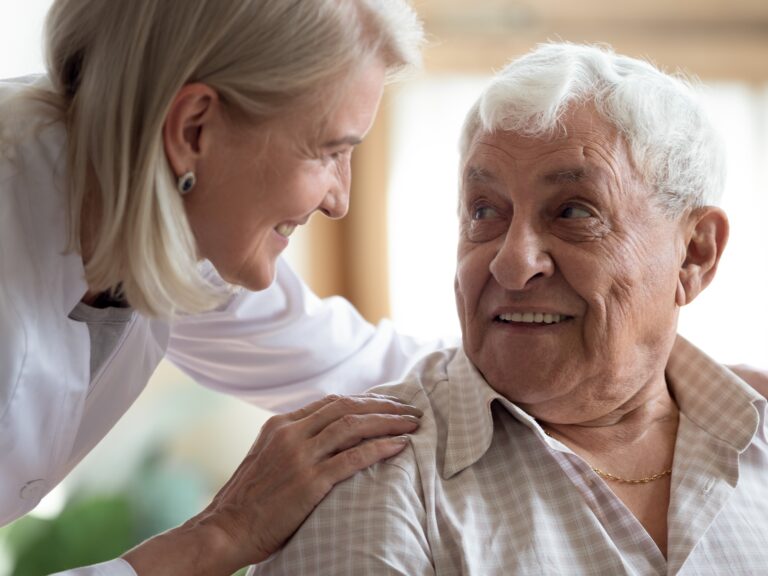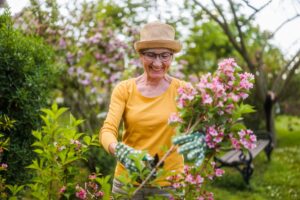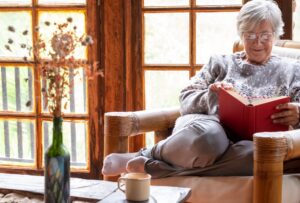Receiving care in your home is linked to improved health outcomes due to the positive impact of familiar surroundings. However, not every home is suitable for those with limited mobility or cognitive problems.
As part of your care plan, it might be advisable to carry out a review of the home and make changes to the layout or setup to make it safer for those with additional needs. This will not only make things safer for the resident, but it will also make life easier for those providing care.
Here are our top tips for making your home safer for those receiving care.
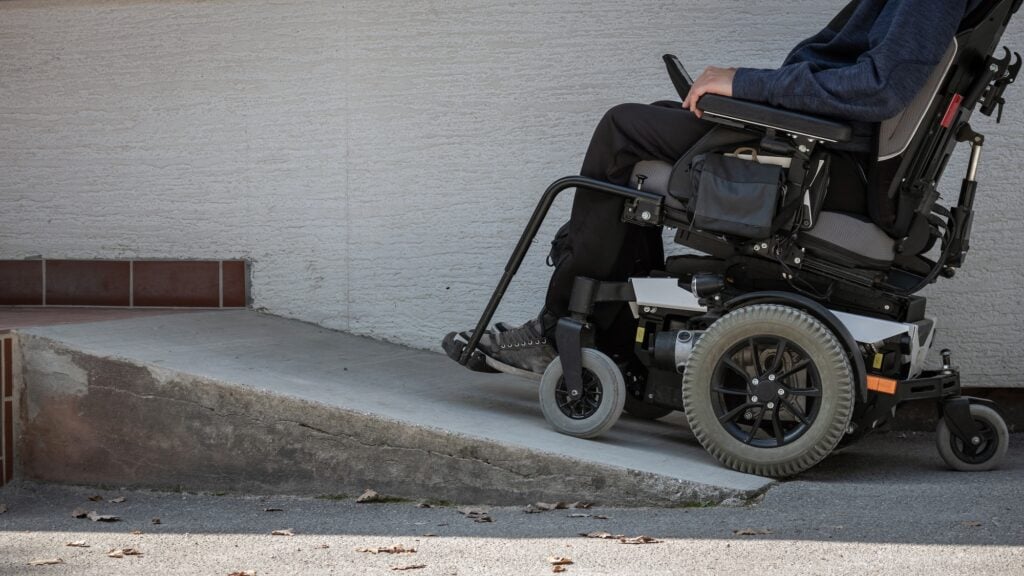
Adapt the home for accessibility
The first step is to consider the accessibility requirements of the resident and make changes to the layout based on these limitations. You might need to widen doorways or install ramps to make it possible to get through with a wheelchair or walking frame. For those with visual impairments, it’s important to establish an order for things so they can find their way around and know where to find items they need.
Move into a downstairs room
If installing a chair lift would be impractical, it might be sensible to convert a downstairs room into a bedroom with an ensuite. This will eliminate the need to navigate stairs and could also make life easier for those delivering care. Remember that some of the cost of converting your home may be covered by your local council so it’s worth exploring what options are available to you.
Make use of technology
Technology can help to make your home safer. Home assistants can deliver reminders and help those with visual impairments to access information that would otherwise require a screen. These can also be used to make phone calls.
Home security cameras can give peace of mind to relatives who are caring from a distance. These will enable family members to check in and receive movement alerts that will reassure them that things are ok.
And finally, you could consider door alarms for those living with dementia and cognitive decline. This can help to alert carers if individuals leave the house in the middle of the night.
Keep gardens tamed
When considering changes to make to your home, you should also think about outdoor spaces. It is beneficial to have access to a garden and to have the opportunity to engage in gardening activities, but gardens need to be kept tame so they don’t become a trip hazard. A poorly maintained garden could also be a magnet for pests and might encourage littering and anti-social behaviour.
Consider keeping pets separate
If you decide to keep household pets, you might have to make some changes to their living arrangement to ensure they don’t become a hazard. Cats and dogs are known to lie in high traffic areas and this could become a trip hazard, particularly for those with limited mobility or visual impairments.
There is also the risk that dogs could leave their toys in walkways and this could also quickly become a trip hazard; for the resident and their carer. If the carer were to trip while supporting the resident, this could lead to injury for both parties.
While it is certainly beneficial to keep family pets in the home as they provide emotional support and companionship, you might need to think about keeping them separate while the resident is moving throughout the home.
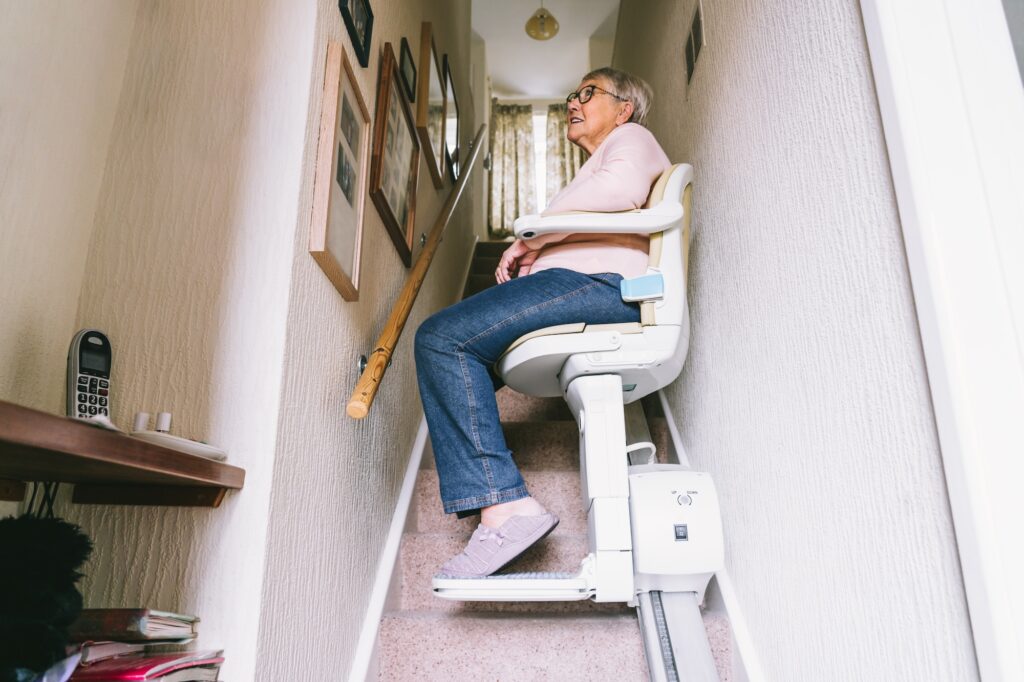
Make use of accessibility devices
There are lots of tools and devices you can add to your home that will make everyday tasks easier and safer. The purpose is to help maintain a sense of independence while ensuring the resident can complete tasks safely.
Start with a risk assessment to determine where there is danger in the home. Next, look for tools and devices that would help to make everyday items safer or more practical to use. This could include a kettle pourer to help the individual to make their own cups of tea without having to lift the kettle.
Being receptive to change
It’s possible that the individual’s needs could change over time, leading to things that were previously safe becoming unsafe. It’s vital to continue monitoring the situation so you can make changes as and when required.
For those recovering from an injury or surgery, the focus will likely be on rehabilitation and increasing independence and freedom. With this in mind, you might need to make adjustments that will encourage the resident to start taking on more difficult tasks around the home, while still ensuring they are safe and supervised.
Final thoughts on making your home safer for those receiving care
Adapting a home to make it safe for the resident and the carer is an essential part of the home care process. The goal is to make the home as safe as the residential home equivalent, so that the individual can continue living in their own home while still accessing personalised care.
The easiest way to achieve effective changes throughout the home is to carry out a risk assessment while completing the care plan. This will highlight any potential issues that could arise for the resident and their carer. Remember that the carer also needs support to be able to deliver the best possible care. If the home layout gets in the way of this, you might need to consider making small changes and adjustments.

